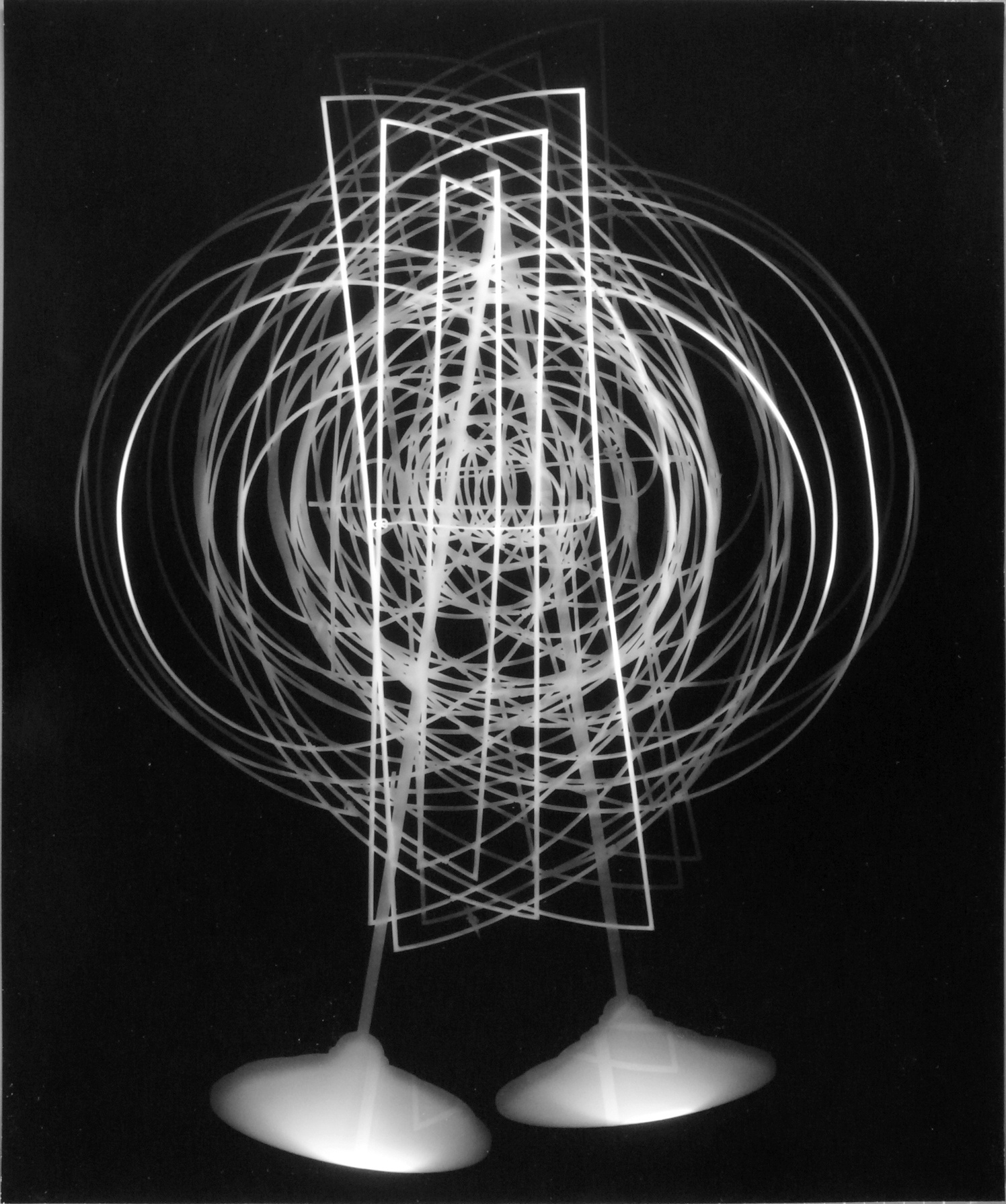Floris M. Neusüss. The Art of Capturing the Shadow
An obituary by Herbert Molderings
Floris M. Neusüss was always sceptical about the classical function of photography, to document what is and to communicate in pictures what happens. And not least for this reason, he was one of the most innovative photographers of the past six decades. Ever since he completed his education at the Bavarian State School of Photography in 1960, he had been fascinated by the idea of brushing photography against the grain and using it to invent new visual worlds. That is why he enrolled for two years at the Berlin University of the Arts with Heinz Hajek-Halke, a pioneer of experimental photography in the 1920s.
Inspired by Yves Klein's »Anthropometries«, the body prints of naked nude models painted with blue paint on the canvas, Neusüss created his first »Nudogramme« from 1960 onwards, full-body photograms, which are made without the use of the camera, through the direct exposure of the photographic paper. Combined to form a room-filling installation, they were the sensation of the Photokina picture shows of 1963. From then on, camera-less photography, the photogram, was Neusüss' trademark and his very own domain. For half a century, he expanded its expressive possibilities to such an extent that it became a sui generis medium within photographic processes.
His most significant contribution to this were his »Nachtbilder« (night pictures), realized since 1984. Like a fisherman who goes out to sea at night to lay out his nets, Floris Neusüss placed strips of photographic paper in the dark of the night, with the light-sensitive layer facing down, in a meadow and exposed them with several simultaneous min or successive flashes. The grasses, ferns and plants of varying height and strength, the woods and stones scattered on the ground and the insects crawling between them throw the intense flash light back onto the light-sensitive layer, thus painting fireworks of light and dark, black and white and an infinite variety of grey tones. Just as plants in nature live from light, these spontaneous creations are direct creatures of a singular artistic form of "photosynthesis". In no other group of works has Neusüss come as close to the romantic origins of photography, this "art of fixing a shadow", as Henry Fox Talbot, the inventor of the negative-positive process, called the new image technique, as in the »Nachtbilder«.
After he was appointed professor of artistic photography at the Kunsthochschule Kassel in 1972, he founded the Fotoforum Kassel, which, with its symposia, exhibitions and publications devoted to experimental, especially conceptual photography, became the most important venue for new photography in Germany alongside Düsseldorf. Since 2005, its archive has been part of the photographic collection of the Moritzburg Foundation in Halle.
In 2017, the exhibition »Leibniz's Camp« at the ZKM in Karlsruhe, created in collaboration with Renate Heyne, showed just how broadly diversified and imaginative Neusüss was as a photogram artist right up to the end. It was a very personal, imaginary museum of objects from natural-historical, technical and scientific collections in the form of photograms, which were surprising in that they combined the dematerialising magic of camera-less photography with thoroughly documentary qualities.
Neusüss was not only a tireless explorer of cameraless photography in the field of visual arts. He was also its most important historian. Together with his wife, the conceptual photographer Renate Heyne, he published an international standard work in 1990 with the volume »Das Fotogramm in der Geschichte des 20. Jahrhunderts« (The Photogram in the History of the 20th Century). The highlight of their joint research was the discovery at the end of the 1980s of László Moholy-Nagy's private collection of photograms in a provincial American city, which was considered lost, and the transfer of this collection, which comprised half of Moholy-Nagy's entire oeuvre of photograms, into the possession of the Photographic Collections at the Museum Folkwang and the Museo National d'Art Moderne at the Centre Georges Pompidou in Paris in 1994. This was not only the first significant collection of photographs by a great European photographic pioneer to be brought back to Europe from America, it was also the first time that a French and a German museum joined forces to make a joint acquisition. Floris Neusüss passed away on April 1, 2020 at the age of eighty-three.
